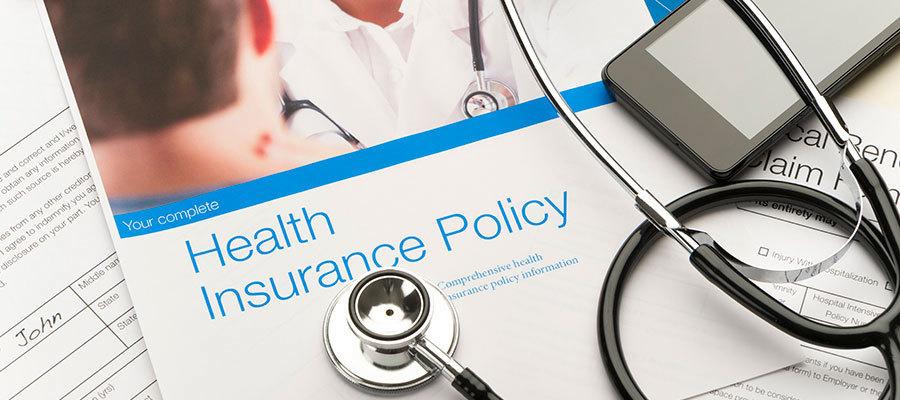Census: Uninsured rate climbs to 8.5% in 2018

An estimated 27.5 million U.S. residents (8.5%) lacked health insurance at some point in 2018, up from 25.6 million (7.9%) in 2017, the Census Bureau reported today. Public health coverage decreased by 0.4 percentage point, including a 0.7 point drop in Medicaid coverage and 0.4 point increase in Medicare coverage. Employer-based insurance remained the most common, covering 55.1% of the population. The percentage of uninsured children rose by 0.6 percentage point to 5.5%. The uninsured rate increased in eight states and fell in three.
Related News Articles
Headline
The AHA, the Maine Hospital Association and four safety-net health systems from across the country Dec. 1 filed a lawsuit in the U.S. District…
Headline
The Centers for Medicare & Medicaid Services released a bulletin Nov. 18 summarizing provisions from the budget reconciliation bill related to Medicaid and…
Headline
The Department of Homeland Security Nov. 17 published a proposed rule regarding “Public Charge Ground of Inadmissibility.” DHS proposed to…
Headline
The AHA and the Federation of American Hospitals Nov. 18 released a study conducted by Dobson | DaVanzo, underscoring the threat to patient care…
Headline
Aetna’s new “level of severity inpatient payment” policy is now set to take effect Jan. 1, 2026, the company recently announced, along with providing…
Blog
The health care field has entered a period of disruption, from sweeping coverage changes to the rise of artificial intelligence (AI)-enabled tools. The…

